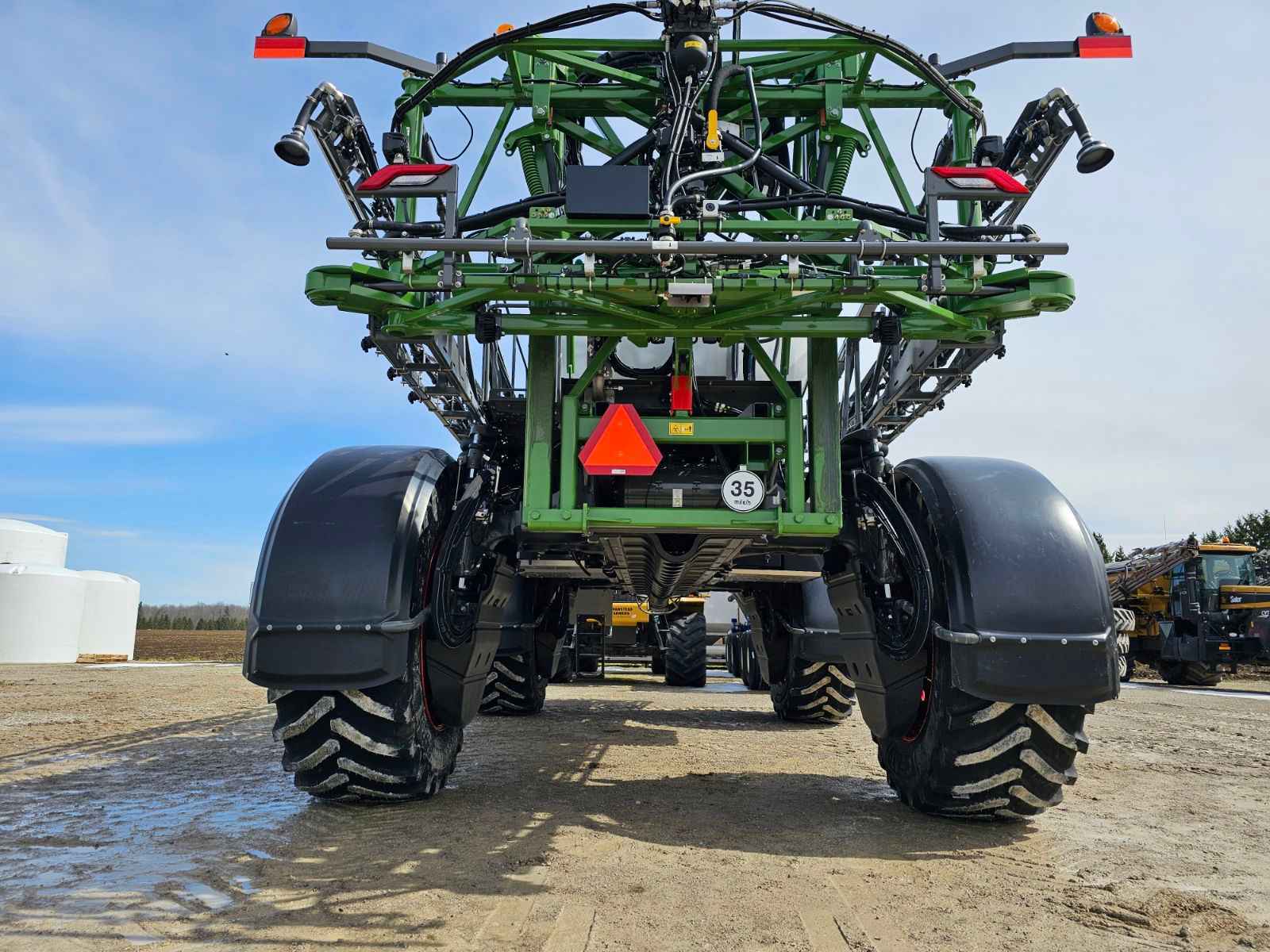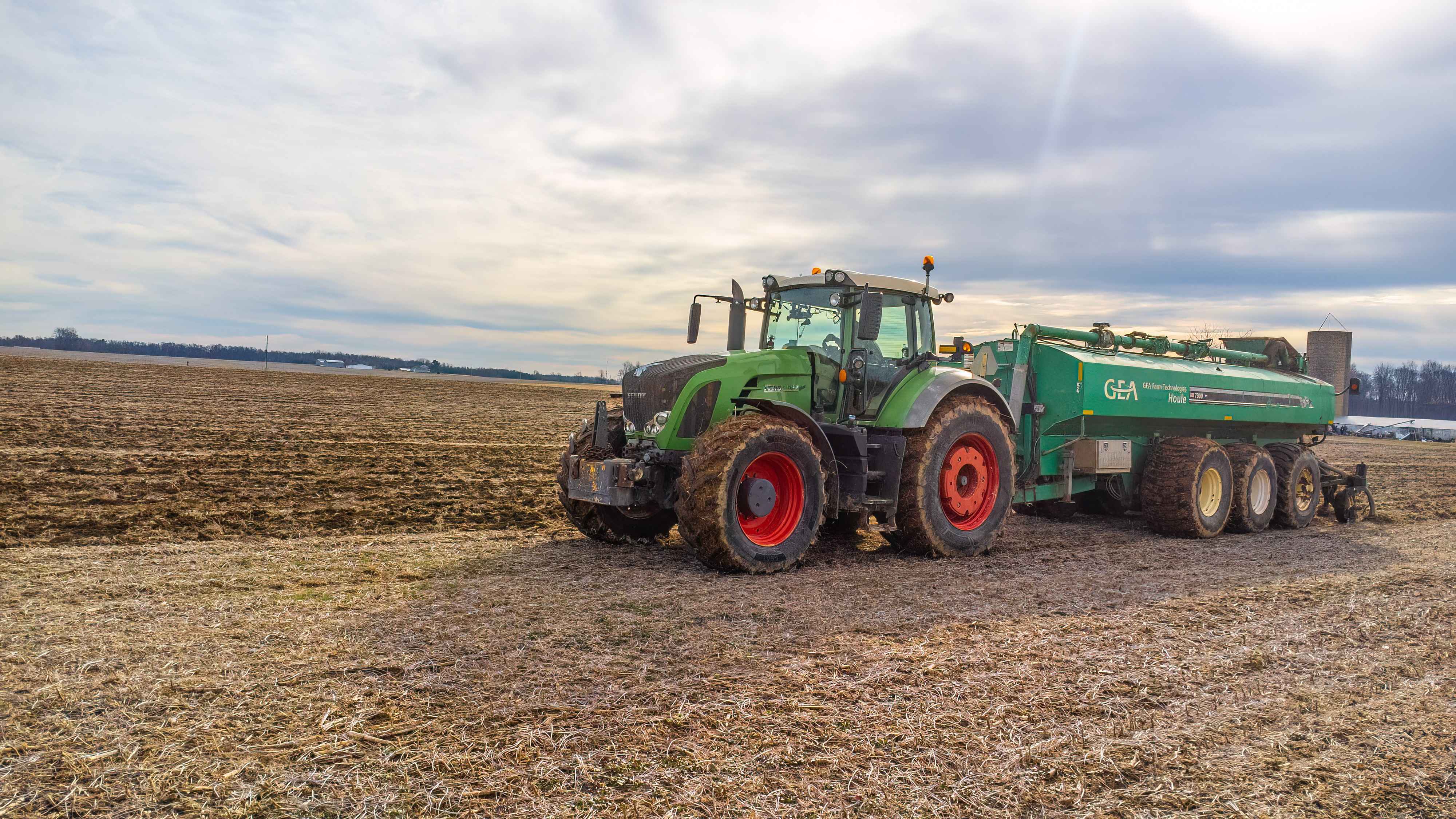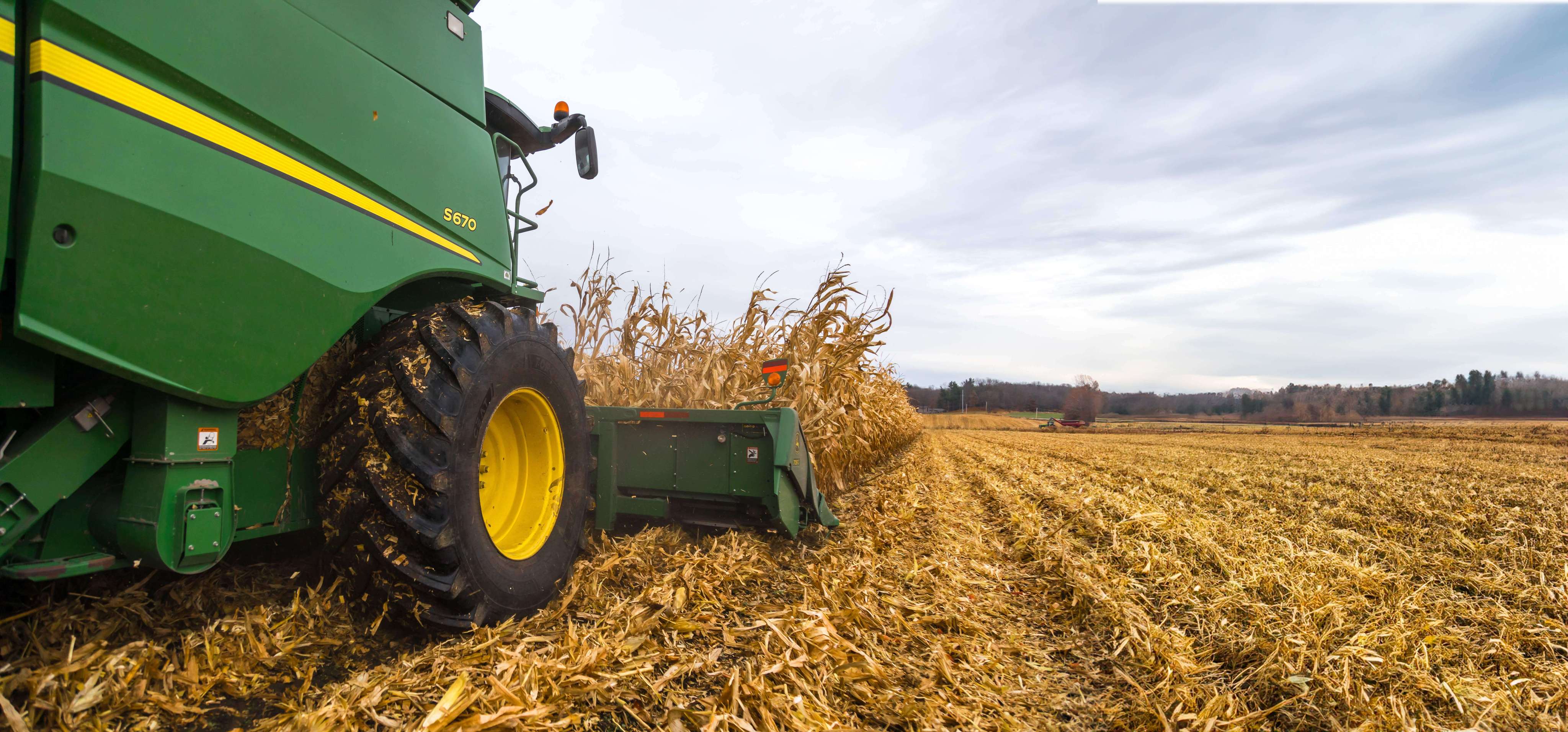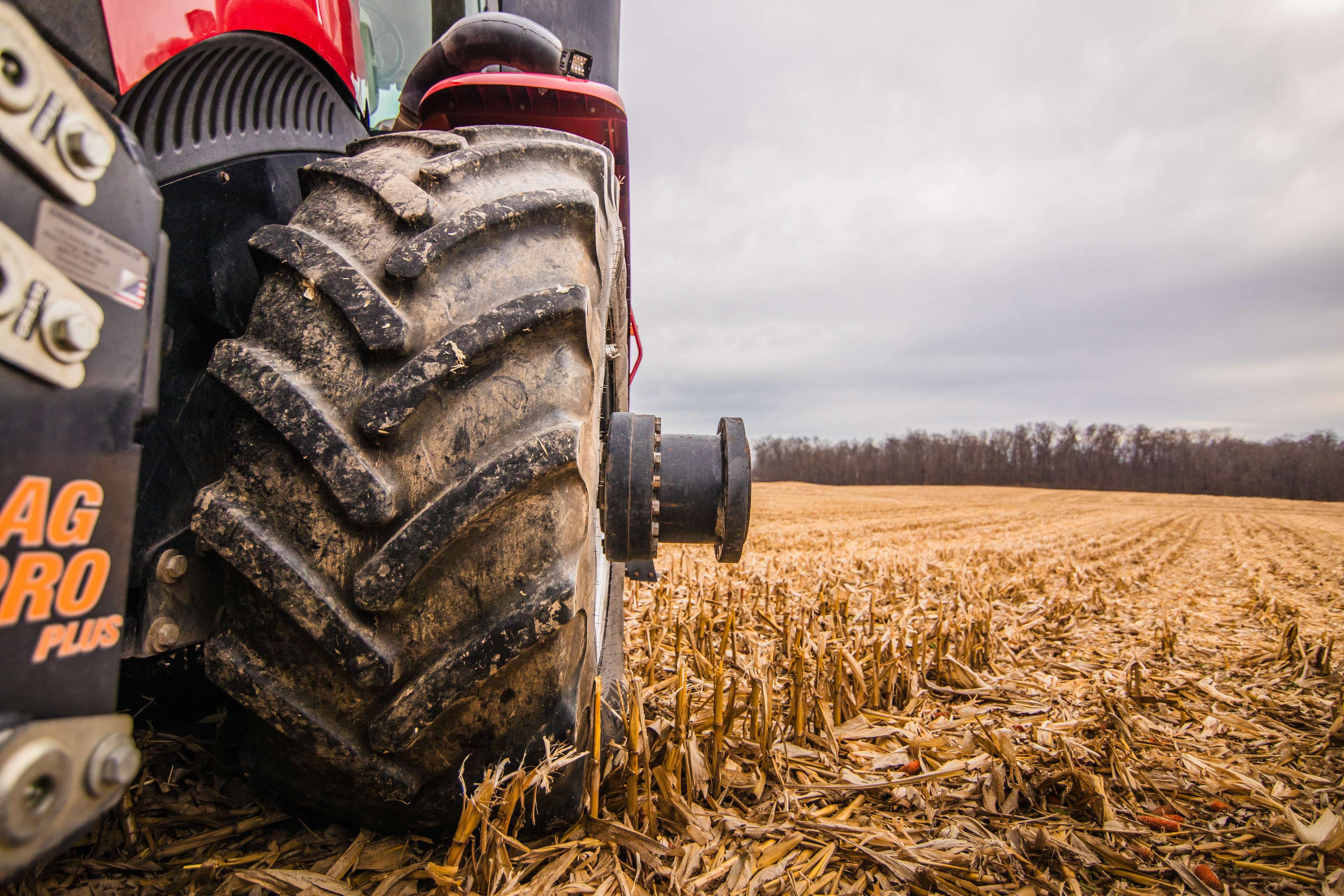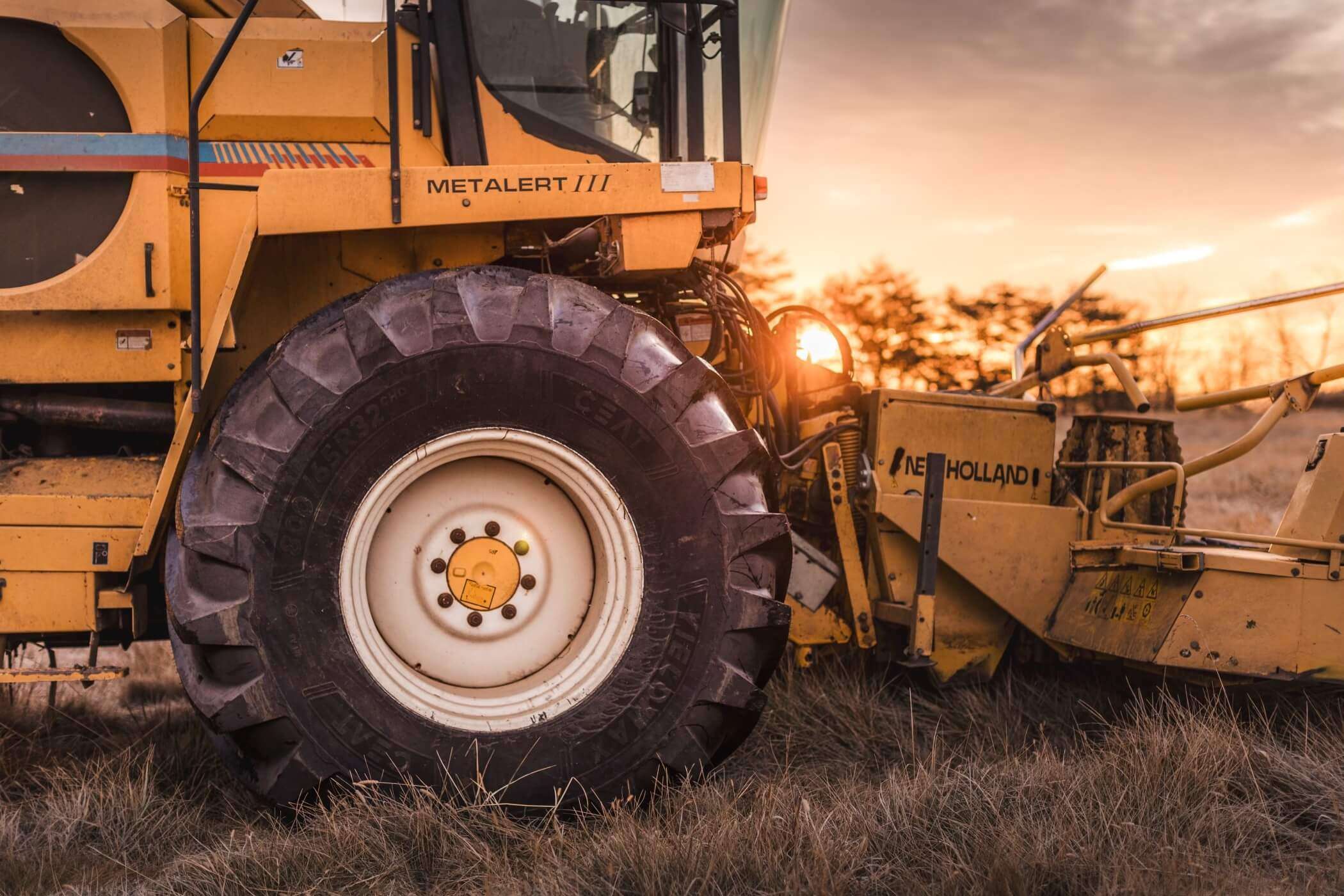ceat-speciality:blogs-tags/all,ceat-speciality:blogs-tags/tire-advice
Read an Ag Tire Sidewall
Thu, 29 Apr 2021 | PRODUCTS
The sidewall of an Ag tire contains a wealth of useful information. It can tell you:
- where the tire came from and when it was manufactured
- What it’s capable of performance-wise
- Its size and other really important specifications
Manufacturer: The manufacturer is usually displayed prominently like “CEAT” on the sidewall. Sometimes the manufacturers’ name on the sidewall is the company marketing the tire. This can result from other manufacturers building tires for another manufacturer.
Brand Name: The brand names are also prominently displayed on the sidewall like “FARMAX R85” in CEAT’s case.
Tread Depth and Carcass Construction: Below or near the brand name you usually find the type of carcass construction which in this case is “radial” along with the tread depth category which is “R1W.”
Product Sizing: The size of the tire is always on the sidewall and will be in standard nomenclature or in metrics. Sometimes both are stated on the sidewall and usually the equivalent nomenclature is listed in smaller print under the primary sizing. CEAT’s case it will appear like “420/85R30.” Below this sizing is the equivalent standard sizing of 16.9R30.
Section Width: The “420” refers to the section width of the tire in millimeters. Divide the 420 by 25.4 and you will get the standard measurement. These conversions don’t always calculate out exactly. The section width is the widest measurement of the tire normally at the center of the sidewall on the bottom side of the tire with a standard inflation pressure and standard load.
Aspect Ratio: The “85” is the aspect ratio of the tire. This is the ratio of the sidewall height to the section width of the tire. In this case the sidewall height is 85% of the section width of the tire. If the “85” is not in the sizing, you have a bias tire and the aspect ratio is a standard “85.”
“R”: The “R” stands for radial. If there is no “R” in the sizing you have a bias tire. Usually the bias tires use a dash in place of the “R.”
Rim Diameter: The rim diameter is stated in inches and in this example it is “30.”
Load Index/Speed Rating: Right after the sizing you will find the load index/speed rating for the tire. In this example it is “140 A8” The “140” is the load index and the corresponding load can be found in the standard load tables and it equals 7,165#. The speed rating is the “A8/B”. This tire has a dual speed rating. This speed rating equivalent can be found in the Speed Rating tables and “A8” equals 25 mph and the “B” equals 31 mph. In this case the same 7,165# load can be carried at 31 mph with the maximum inflation pressure. In most cases with dual speed ratings the second speed rating is higher that the first speed rating and is quite often followed by a reduced or devalued load index. If this is the case with a dual speed rating and a dual load index the tire is rated to carry a reduced load at higher speeds. A tires’ load index/speed ratings are determined by the heaviest load at the highest speed. If you have a dual marked tire with the load devalued for higher speed, the load index is the lower speed and the heavier load.
“E” Marking: Sometimes you see Ag tires with an “E” marking inside of a circle on the sidewall. This indicates that it has been tested and approved for use in Europe and passes their quality and standards specifications.
Maximum Inflation Pressure: The maximum recommended inflation pressure is identified on each tire. In this example you will find an inflation statement that says 23 psi is the maximum inflation pressure.
Directional Symbol: Some tires will have a circle on the sidewall with an arrow incorporated that shows the direction the tire is designed to rotate.
Manufacture Date Code: There is always an oval stamped into the sidewall near the bead that most often has one or two letters followed by four numbers. The letters signify the plant the tire was built in and the numbers are the date code. The first two numbers are the week of the year and the last two numbers are the last two numbers of the year.
Maximum Mounting Inflation Pressure: All Ag tires should have a picture of a section cut of a tire with a triangle inside with a statement of the maximum inflation pressures to use when seating the bead to the rim during mounting.
Ply Rating: You may see something like a “12pr or 12 ply” following the size of the tire and no load index/speed rating. This designation would be on bias tires and refers to the carcass strength which is a 12-ply rating. The higher the pr or ply number the stronger the carcass strength. This number is purely a strength of carcass number and does not refer to the actual number of carcass plys that are utilized in the manufacturing of the tire. There is no good way to convert ply ratings to the load index of radials and vis versa. Radials have a load index/speed rating and bias tires have a ply or pr rating.
Service Type Description: These markings indicate the type of service the tire has been designed for. There are various types that include implement, forestry, industrial, loader, multipurpose as well as Agroforestry and others.
Service Description: Some tires may have a service description symbol on the sidewall. These symbols are normally a circle with and arrow point incorporated in the circle which indicates a drive tire. If there is a circle with an arrow that is extended outside the circle you are looking at a free rolling or non-drive tire.
Tubeless or Tube Type: One or the other designation will be present on the sidewall. When you see a tube type designation the tire needs to have a tube installed for mounting and service. Tubeless indicates the tire is designed for use without a tube. You may add a tube to a tubeless tire if needed especially when utilizing liquid ballast.
Steel Belted: Some Ag tires will have “Steel Belted” on the sidewall which indicates steel belting is incorporated in the design of the tire.
Warning Statement: All Ag tires should have a warning statement on the sidewall that points out important mounting details that need careful attention paid to them to reduce the risk of accidents.
Pry Notch: This depressed area near the bead is designed for use of a pry bar during mounting or demounting the tire.
Country of Manufacture: All Ag tires will state the country the tire was built. In CEAT’s case it states “Made in India.”




